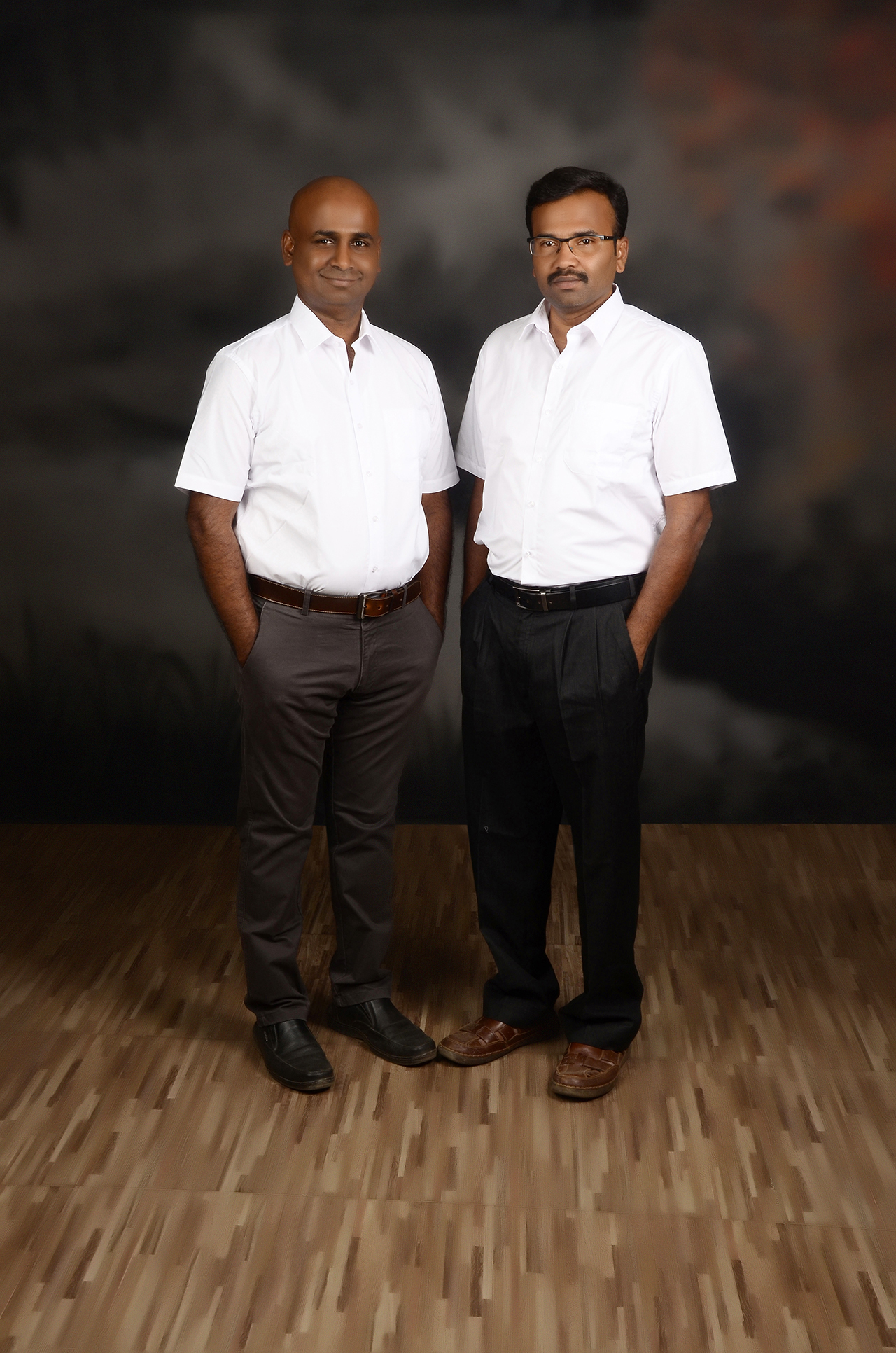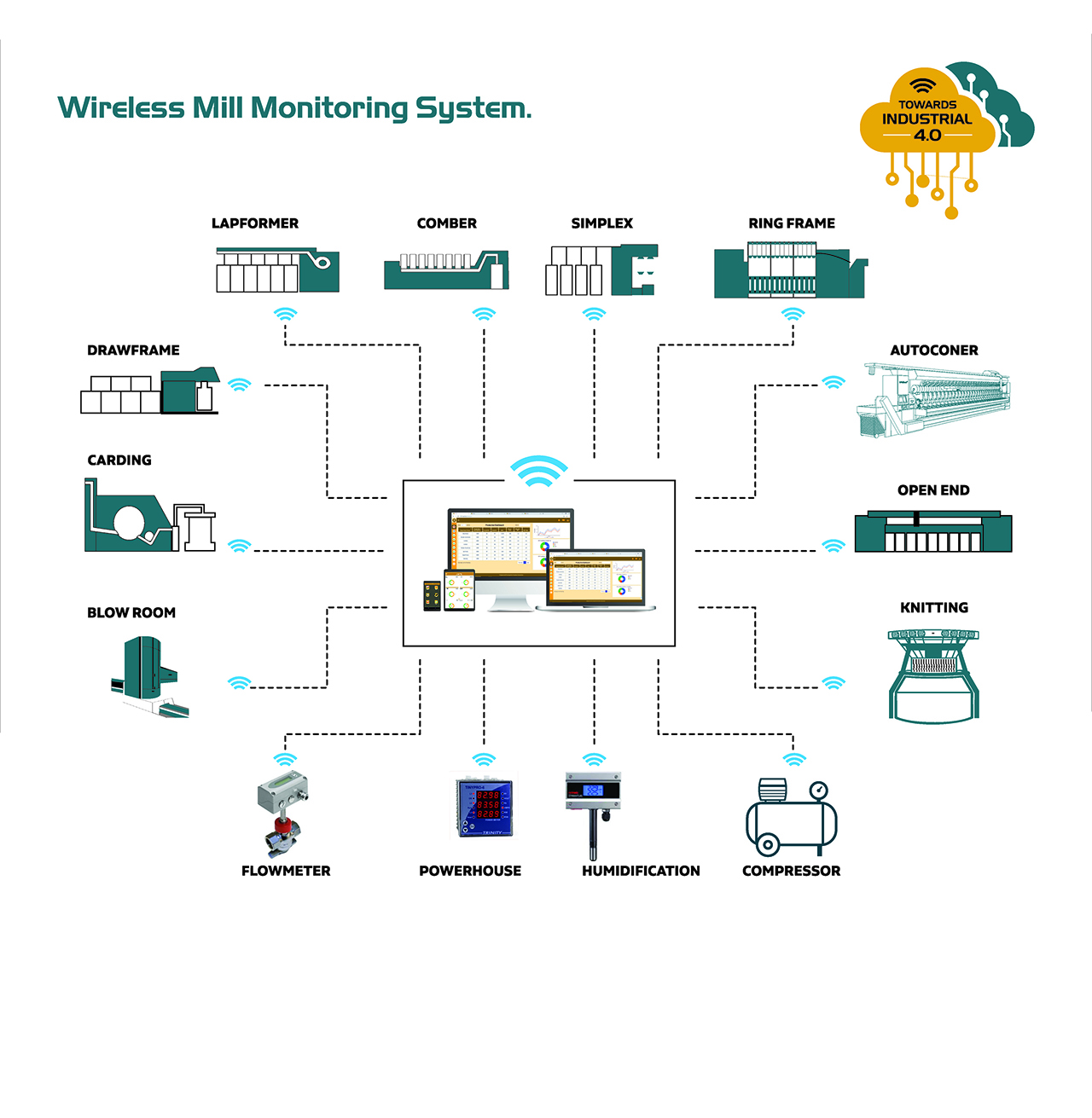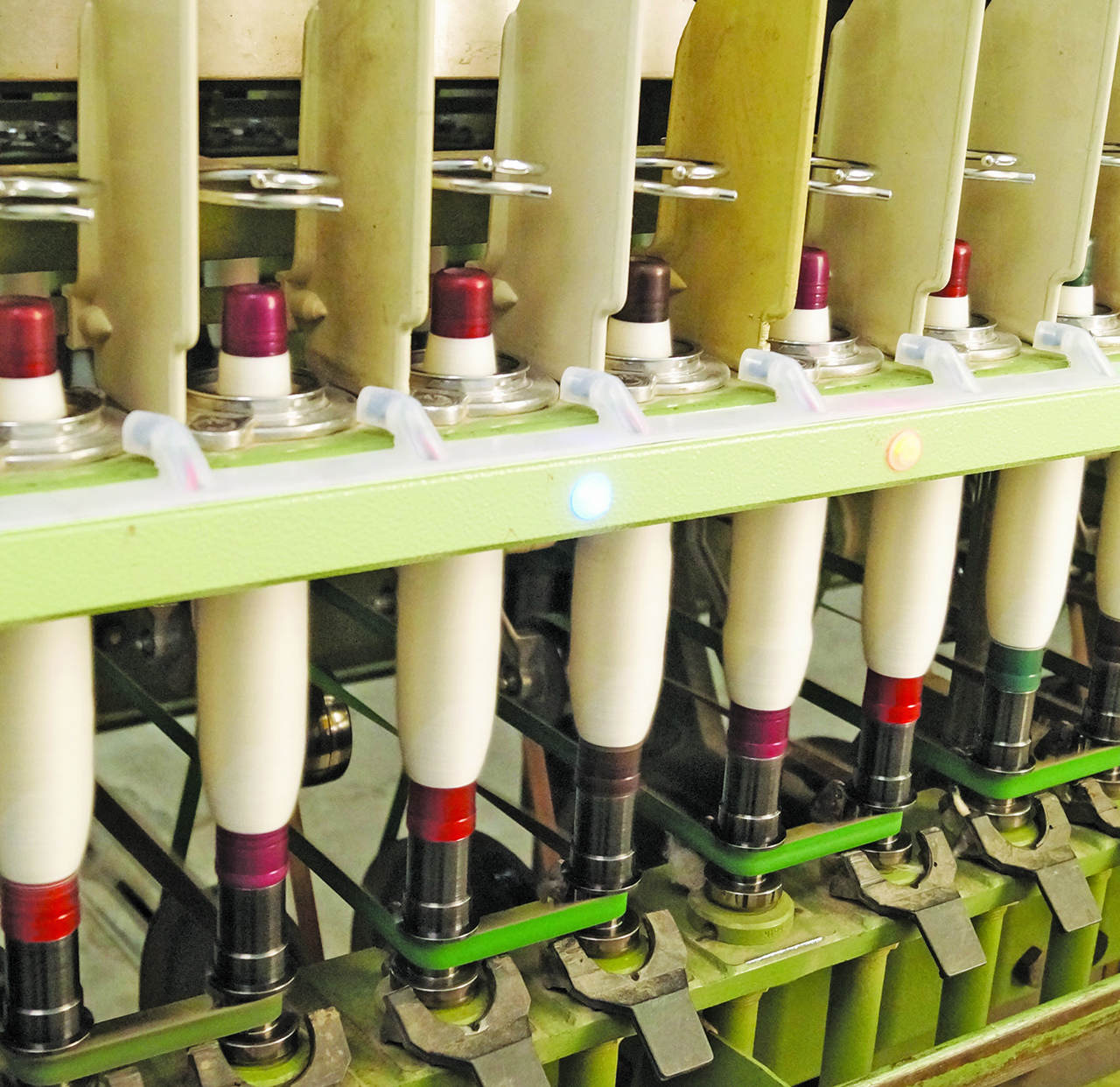In an exclusive interview, the founding directors of the company, R Satheesh Kumar and V Durairaj, shared detailed insights into the company’s history, product range, their USP and future plans
The competition in the monitoring systems’ market segments seems to be intensifying by the day. Innovation and the ability to improve production efficiency, as well as helping bring down energy consumption, seem to be the driving factors in this fast growing market segment. Coimbatore-based Honeybee Automations has been making steady inroads into the market with its mill monitoring system. The company offers a wide range of products including wireless mill monitoring system, knitting machine monitoring system, textile counters and speed controllers, and multifunction digital energy meters.

The company was established in 2013 by R Satheesh Kumar and V Durairaj who were colleagues in a leading concern in the textile industry before they decided to set up their own venture. “Both of us had wide-ranging experience in the textile field. We saw that there was an opportunity existing in the mill monitoring system domain and that’s how Honeybee Automation came into being,” informs Durairaj. While it has subsequently established a firm presence in different product categories, the wireless mill monitoring system with the trademark SPINBEE® is the company’s flagship product. “From cotton to yarn, the wireless mill monitoring system takes care of every aspect unlike other monitoring systems that are more focused on monitoring only the production and power parts. This is what differentiates our system, “ Satheesh Kumar points out.
Comprehensive Data Generation
Durairaj attributes the growing popularity of the company’s mill monitoring system to the user-friendly way in which a textile mill owner now has access to production data, either over his mobile or on a TV dashboard. “Yes, this is one of the key reasons why our mill monitoring system is now a preferred choice of mill owners. Take, for example, a textile mill of 1 lakh spindle capacity with around 350 machines. While it is possible to get data from the individual display of each machine, the process is not practical. What we have done is to automate the entire system. So, after a shift ends, the entire data can be seen as a report. The owner now has access to every type of data, whether it is production, breakage details for each machine, machine utilisation, etc.,” he explains.
Elaborating, Durairaj says: “Take another example of a carding machine that has worked only six hours during a typical eight-hour shift. What was the reason for the two-hour loss? Was it because of worker inefficiency? Was it because of repeated breaks? What was UKG of each machine? All such data can be generated. Without such a monitoring system, it becomes very difficult to identify a rogue machine. With the system, anyone in the shop floor can now identify a rogue machine. A particular machine may be consuming more power or there could be more breaks. Once the HOD or supervisor takes a look at the TV dashboard, he can immediately attend to the machine.”
Citing an example to point out the kind of savings enabled by the mill monitoring system, Satheesh Kumar says, “Take, for example, a spinning mill with 1 lakh spindle capacity. With the system they can increase their production by around 1,000 kg per day. Primarily, with all the data that is generated the mill management will have a better idea about machine utilisation. Even a floor level operator can now take a look at the TV dashboard and immediately inform a fitter to take a look at a machine that is giving problems. The issues can be immediately resolved in the same shift. The system can also help to improve and monitor worker efficiency. For example, we can now find out the time taken by a worker to ensure problem resolution in case of a break.”

The ‘Wireless’ Advantage
Given the fact that the company is operating in an intensely competitive segment, what is that it feels are the key reasons that give its products the competitive edge? Replying to this, Durairaj lists down three key reasons. “One of the major benefits offered by us is that our mill monitoring system is a wireless system. Wired systems are not ideal as they could lead to certain issues. Whereas our wireless mill monitoring system with no machine-to-machine wiring will ensure a hassle-free performance,” he explains.
“Another key advantage that our system offers is that once you install it there is no chance of losing data, unlike in the case with other systems. Sometimes there is a chance of data loss when a server is switched off after a shift and then when it is switched back in the morning in a mill. However, we have designed our system in such a way that the data for about two days is stored in the machine end controller. Even if you switch off the PC today and then switch it back tomorrow, you can still retrieve the entire data automatically. Therefore, unlike the case with most other systems, with our mill monitoring system there is no chance of losing your valuable data,” he points out.

“The third key advantage offered by our mill monitoring system is its ability to monitor breakages. With most of the other systems available in the market, they do only production and power monitoring. Nobody is doing breakages monitoring in preparatory. People may argue that spindle monitoring systems take care of breakage monitoring in spinning, but here you need to remember that just like how breakage monitoring is important during the spinning process, it is also equally important during the preparatory stages too. With our system, you can find out if a machine was idling, the reasons for such inactivity, the type of breaks that caused the delay, etc. We have written our algorithm in such a way that it does a detailed study of the breaks,” Durairaj says.
Spindle Monitoring System in Pipeline
The company has an exclusive research and development team that is working on new products, apart from taking care of the software development for the systems. When asked whether the company has any idea of launching new products in the near future, Satheesh answering in the affirmative, says, “We have in fact only recently launched our new digital panel meter which is also able to offer productivity inputs, apart from the power readings. We are also planning to launch our spindle monitoring system very soon. We are hopeful of launching it by the end of the year.”
The company has already installed its wireless mill monitoring system in over 50 textile mills in Tamil Nadu, Andhra Pradesh and Karnataka. Some of its leading customers include top names such as Avaneetha Textiles, KPR Mill Limited, Sri Shanmugavel Group of Mills, Armstrong, Spictex, Jayavarma Group of Mills, Best Corporation Private Limited, Palani Vijay Cottspin (P) Ltd. and Sri Dhanalakshmi Group, to mention only some. It has also got plans to start exports to key global markets in the near future. “With the textile industry showing robust signs of growth after a period of lull induced by the pandemic, we are sure that we are in for a good time. We are always focused on our research and development and with our products getting good word of mouth in the industry, we are hopeful of a consistent period of growth in the near future,” Durairaj says on a concluding note.